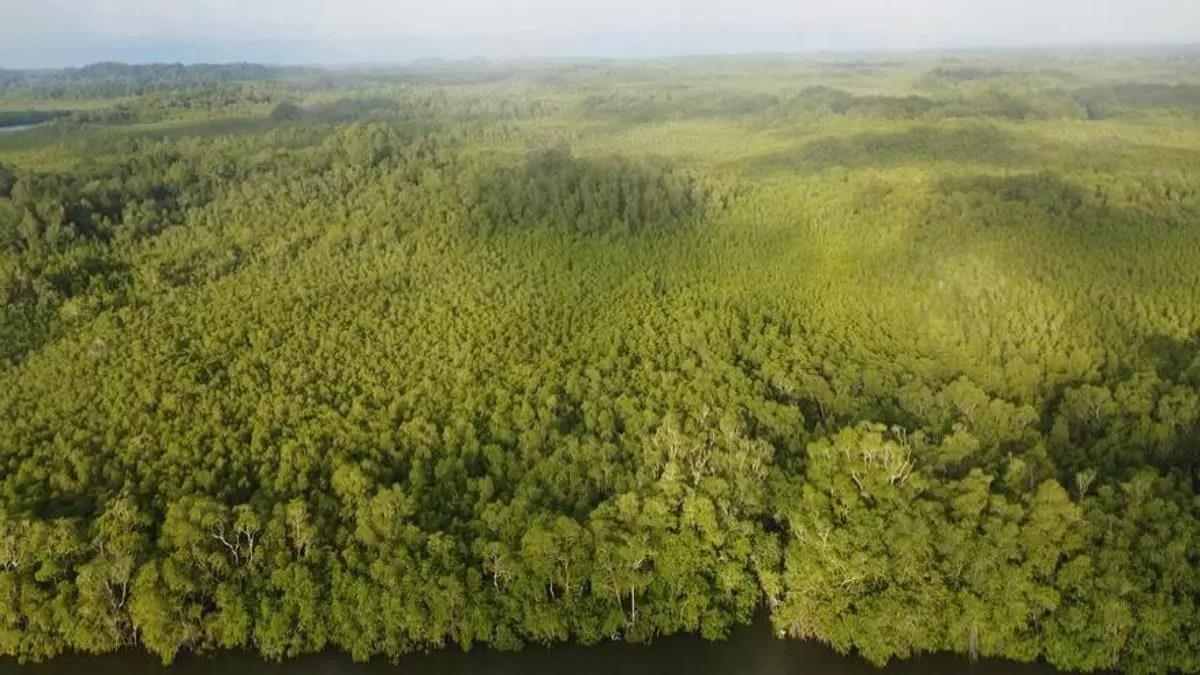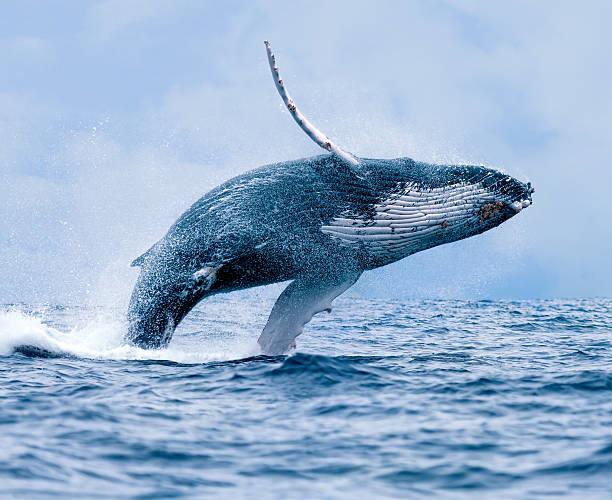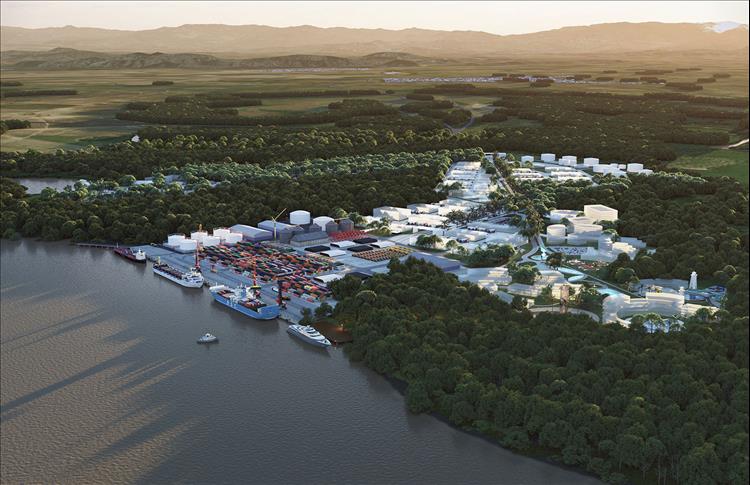
403
Sorry!!
Error! We're sorry, but the page you were
looking for doesn't exist.
The Puerto Barú Project Located Outside The Town Of David In The Pacific Province Of Chiriquí
(MENAFN- Newsroom Panama)
An artists rendering of the new port is above. This will be a new industrial port on Panama's west coast, where channels and lagoons support mangroves, breeding grounds and nurseries for a variety of marine species. The project requires dredging a riverbed and increasing maritime traffic of cargo ships, cruise ships and yachts. Below is what the area looks like now.


A Humpback Whale (Megaptera novaeangliae) breaching the surface of the waters.

-
Conservation groups in Panama are trying to halt the construction of a new port in the Pacific province of Chiriquí that they say could destroy breeding grounds and nurseries for marine species.
The Puerto Barú project, located outside the town of David, would create a new port on Panama's northwest coast, increasing trade and tourism for the area. But the port is located deep in a series of channels and lagoons covered in mangroves that support rays, sharks and other emblematic species. They won't survive construction or the increased maritime traffic, conservationists say.
“We have always understood that Chiriquí needs a port; we are not disputing that,” said Guido Berguido, biologist and director of Adopta Bosque, a local environmental NGO.“What we are questioning is why a port is being built on land that is surrounded by a protected mangrove area. We need development, but it shouldn't have to cost the earth or biodiversity.”
The project, which broke ground this month, includes the construction of a navigation channel 31 kilometers long by 100 meters wide (19 miles by 330 feet). It will require dredging parts of the Mangroves of David, a series of channels and lagoons that received protected status in 2007 because they contain around 25% of Panama's mangroves.
Without dredging, the channel won't be deep enough for larger merchant ships, according to developers.
Because the mangroves are part of the Gulf of Chiriquí, they're considered an Important Shark and Ray Area (ISRA), a designation given to places vital to the survival of at least one shark or ray species. The critically endangered Pacific small tail shark (Carcharhinus cerdale) is present in the bay, as are the hawksbill sea turtle (Eretmochelys imbricata), also critically endangered, along with Bryde's whale (Balaenoptera brydei), pantropical spotted dolphin (Stenella attenuata) and various sawfish species (family Pristidae), among others.
The entrance to the Mangroves of David is also used as a nursery by humpback whales (Megaptera novaeangliae).
To mitigate damage to mangroves, developers said they're allocating more than 25% of the project's land to mangrove conservation, including an ecological corridor, a buffer zone, a botanical garden and protection forests.
Developers for the project - which is privately funded by a“group of North American businessmen” with the support of“Panamanian Professionals” did not respond to a request for comment.

A Humpback Whale (Megaptera novaeangliae) breaching the surface of the waters.

Legal Disclaimer:
MENAFN provides the information “as is” without warranty of any kind. We do not accept any responsibility or liability for the accuracy, content, images, videos, licenses, completeness, legality, or reliability of the information contained in this article. If you have any complaints or copyright issues related to this article, kindly contact the provider above.






















Comments
No comment